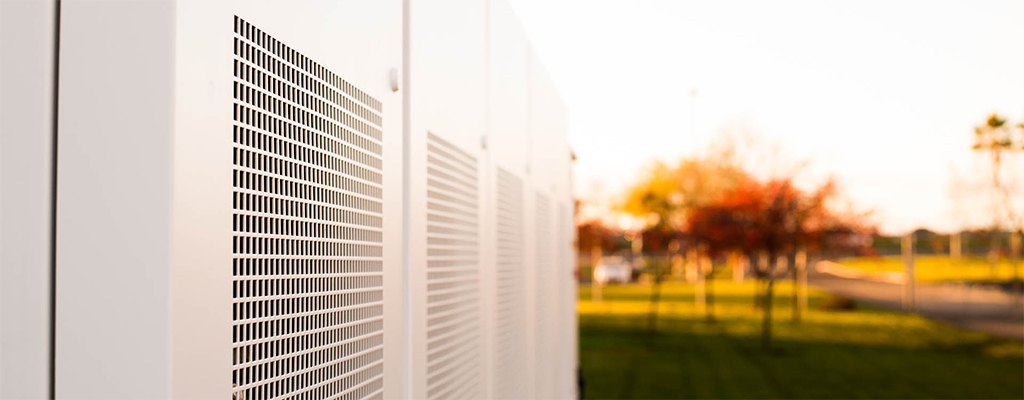As you’re all aware, an abundance of cheap fossil fuel energy is the main reason for the explosion in population, consumption, destruction of our environment and global warming.
As we’ve wanted to completely separate ourselves from energy produced from fossil fuels, our challenge has been to provide 100% self sufficiency in renewable energy for our households and ideally for our vehicles as well, as we convert to electric vehicles.
We spent years working on the best distributed renewable energy design we could come up with, within the legal parameters of our State’s energy legislation. Ultimately this design also had to be affordable for our future residents, as the costs are built into the land price.
Our renewable energy design is based on 100% production from solar panels, coupled with three phase inverters and micro-grids, with a 232kWh Tesla Powerpack battery and a 75kW fast electric vehicle charger in each cluster (average 23 homes).
Each cluster is connected to Western Power’s South West Interconnected Grid System (SWIS) to supply energy while we’re building, provide a reliable back-up when/if required, and to enable us to be able to sell excess renewable energy at the most appropriate times. We’re also big supporters of the SWIS which is such important infrastructure for the Western Australian community, and we believe it’s up to all of us to help make it more sustainable; ultimately 100% renewable.
Each cluster has a 300A (215kW) connection to the SWIS, which is a very large connection to enable large household PV systems (6-20kW) to be coupled with our large battery and EV chargers. Our Energy Handbook outlines the minimum and maximum size solar systems our households can install. I strongly encourage you to maximize the size of your solar system, particularly while we have the Federal Governments generous Solar Trading Certificate (STC) rebates available (they reduce each year until they are discontinued in 2030) as it will provide you a very healthy return in years to come.
Due to the size of our energy infrastructure in each cluster we have what’s called ‘Contestable’ status, which enables us to negotiate with private energy retailers, as opposed to non-contestable connections, which are locked in with the State’s retailer, Synergy. After much negotiation we have entered into contracts with CleanTech Energy who will not only supply us with 100% renewable energy for all energy purchased from them, at a rate cheaper than the standard non-renewable retail prices, but will also purchase all of our renewable energy at a rate commensurate with Synergy.
We’ve invested a lot of time into working out how we can maximize the value of our excess renewable energy, as we’re going to have a lot of it. We have resolved that the best options for this are:
- Trading energy to our neighbours, within your cluster, which is called peer to peer trading. If your neighbour is filling their electric vehicle or heating their house slab with hydronic heating on an overcast day, they may need additional energy which they can buy from their neighbours at a reduced rate.
- Selling solar energy to EV owners/tourists via your clusters fast EV chargers. This is anticipated to start slowly and ramp up significantly as our short stay accommodation in the Ecovillage starts operating and EV ownership ramps up. The great thing about our distance from Perth is that people need to fully charge their vehicles before driving home.
- Due to our batteries, EV charger and heat pumps, we can ensure that we are able to utilize our renewable energy during the peak solar times (it may cost money in the future to shed energy onto the SWIS) and thereby maximize our energy’s value by selling it onto the grid during the shoulder periods when we can get paid more for it. We will explore this further with CleanTech as we can probably achieve better rates again from entering into unbundled energy supply agreements in the future.
We are entering into 12-month contracts with Element 47 and Power Ledger to provide each cluster with peer-to-peer trading, metering and billing, along with advising us on future income opportunities associated with Western Power’s potential Distributed Energy Resources. This is where each cluster could get paid significant income each year to provide power from our batteries during ultra peak load periods on the SWIS.
The Community Bulletin will be sent out to residents soon and will have more detail around costs and income associated our energy trading platform.

